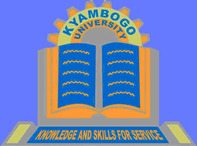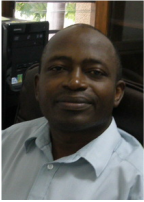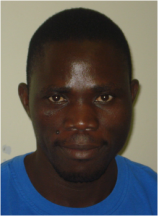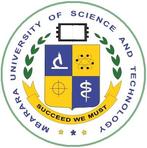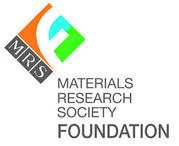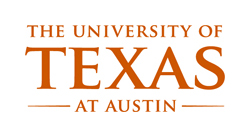How It works
Past Workshops on Aluminum/Air Batteries (Fall 2016/Spring 2017):
Participating Universities
- Makerere University, Kampala, Uganda
- Islamic University in Uganda, Mbale, Uganda
- Kyambogo University, Uganda
- Gulu University, Uganda
- Busitema University, Uganda
- Mekelle University, Ethiopia
Past Workshops on Dye-Sensitized Solar Cells (Fall 2016/Spring 2017):
Past Workshops
"ALUMINUM/AIR BATTERIES: Electricity from the Air"
About the Workshop: Metal/air batteries harness the huge energy densities associated with the oxidation of a metal by oxygen in the air. Aluminum/air batteries are particularly attractive because they use non-toxic and abundant materials and have a large energy density, 3-electron redox reaction. In this workshop, students will build their own aluminum/air batteries, learn about electrochemical energy conversion and electrocatalysis, use their batteries to power different color LEDs, and learn about solid state lighting.
Thank You: These workshops were possible due to the MRS Foundation Grassroots Grant Award, the University of Texas at Austin, Makerere University, and NC State University.
Thank You: These workshops were possible due to the MRS Foundation Grassroots Grant Award, the University of Texas at Austin, Makerere University, and NC State University.
"Dye-Sensitized Solar Cells: Current Status and Future Prospects"
|
Date: October 31, November 1, and November 7, 2014
Location: Makerere University, Kampala, Uganda Workshop Leader: John Paul Eneku Research Web Seminar: Nella Vargas-Barbosa (Penn State) Check out photos from the 1st workshop here! |
About the Workshop: First invented in 1988, dye-sensitized solar cells are a type of low-cost solar cell that aims to bypass the use of more expensive silicon used in traditional cells. In this experiment, students will assemble and test dye-sensitized solar cells, as well as experiment with various natural dyes from their local areas. Following the hands-on experiment, a research seminar will be given on the current status and future prospects of solar cells.
Thank You: These workshops were possible due to the MRS Foundation Grassroots Grant Award, University of California, Los Angeles/California NanoSystems Institute, the University of Texas at Austin and Makerere University.
Thank You: These workshops were possible due to the MRS Foundation Grassroots Grant Award, University of California, Los Angeles/California NanoSystems Institute, the University of Texas at Austin and Makerere University.


